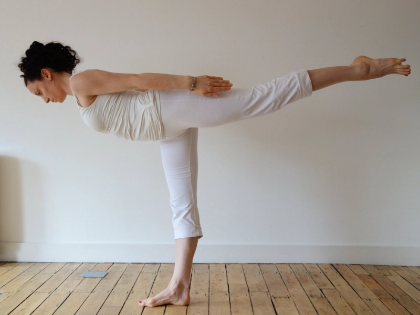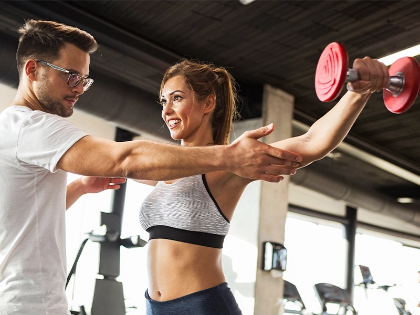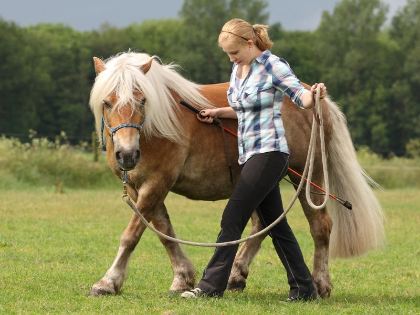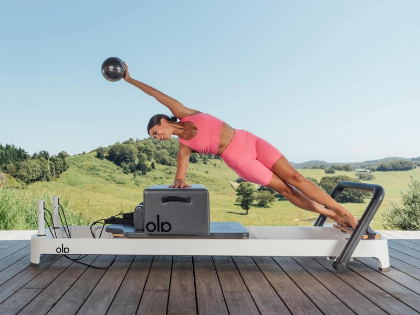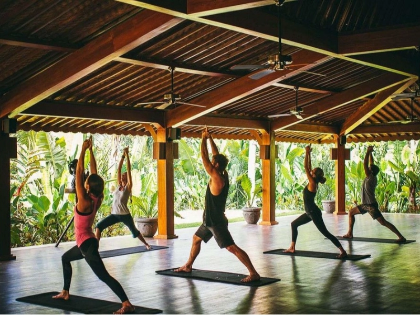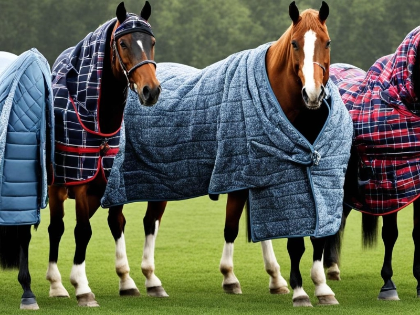Pilates Equipment Sanitization: Keeping Your Practice Space Clean
Studios would have to tighten their hygienic procedures as COVID-19 keeps on spreading. This could call for going paperless, cutting group class capacity, or altering common surface contact. Regular cleaning and sanitising of Pilates equipment is also vital. This will extend the lifetime of your equipment and assist to stop germs and bacteria from proliferating.
Cleaning
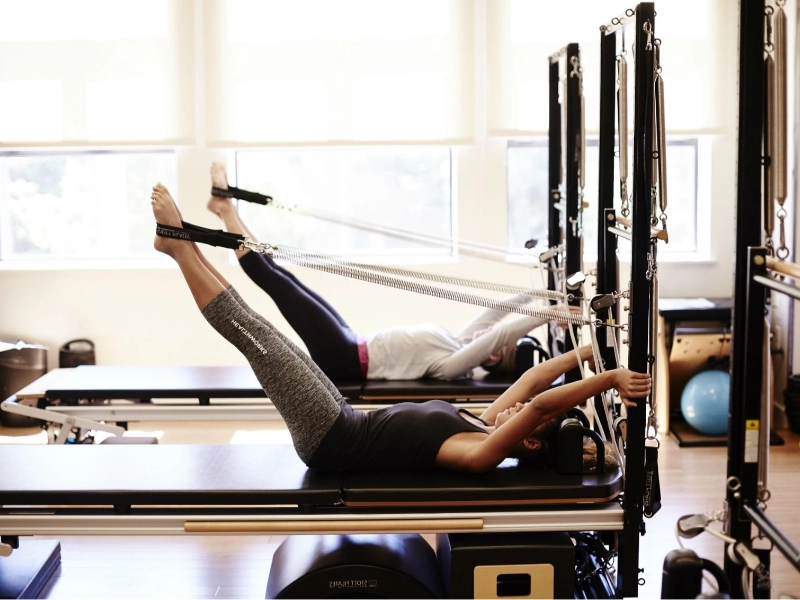
Sanitizing
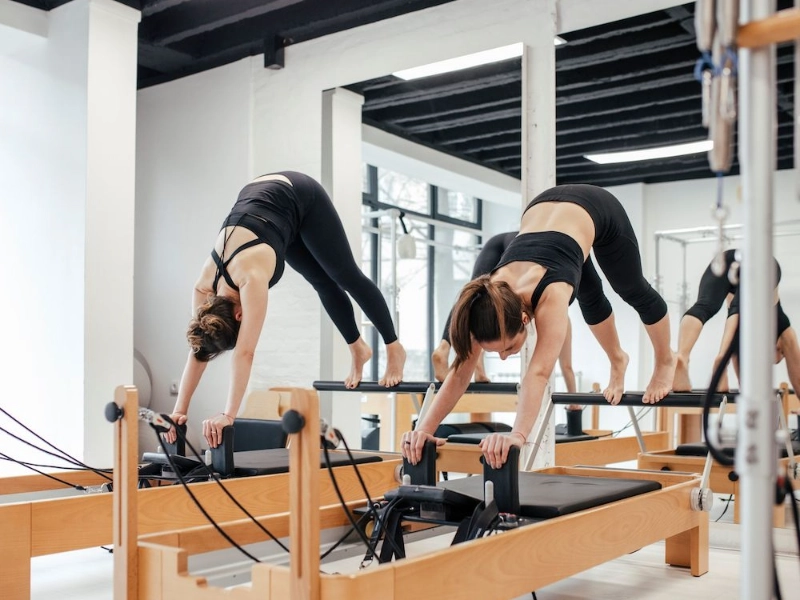 Pilates is a filthy, sweating exercise; after each use, equipment should be cleaned. Make sure every surface that comes into touch with your clients is cleaned, and use mild chemical-free disinfecting wipes. Before you store your equipment, make sure it is also absolutely dry.
Finally, ensure that on your Pilates equipment all moving components are lubricated. This will support seamless operation and aid to prevent harm. Consult the manufacturer's directions on your particular equipment for direction on which parts require lubrication, and what type of oil to use.
Maintaining a profitable business depends on keeping your Pilates studio clean, hence it's a terrific approach to keep your clients safe and healthy. Remind your clients of appropriate cleaning and sanitising techniques as well as advise them to wash their hands before and after class using a hand sanitizer free of alcohol or bleach. These substances might ruin your tools and affect the skin of your kids.
Pilates is a filthy, sweating exercise; after each use, equipment should be cleaned. Make sure every surface that comes into touch with your clients is cleaned, and use mild chemical-free disinfecting wipes. Before you store your equipment, make sure it is also absolutely dry.
Finally, ensure that on your Pilates equipment all moving components are lubricated. This will support seamless operation and aid to prevent harm. Consult the manufacturer's directions on your particular equipment for direction on which parts require lubrication, and what type of oil to use.
Maintaining a profitable business depends on keeping your Pilates studio clean, hence it's a terrific approach to keep your clients safe and healthy. Remind your clients of appropriate cleaning and sanitising techniques as well as advise them to wash their hands before and after class using a hand sanitizer free of alcohol or bleach. These substances might ruin your tools and affect the skin of your kids.
Inspecting
 Maintaining your equipment depends much on inspection as well as cleaning and sanitising. This is a perfect moment to look for any damage, or anything influencing the machine's lifetime and performance.
Developing a consistent inspection schedule is a smart concept. This could call for a lubrication regimen along with bolt or screw inspections.
Constant motion and vibration in a Pilates reformer causes wear and tear on the moving elements. Regular lubrication will help to reduce friction and guarantee flawless performance.
We advise applying a silicone based lubricant that will last more than conventional oils and does not draw dust particles. Apply a tiny bit of lubrication on the machine's bearings and springs. A Pilates reformer's noise and friction can be significantly lowered by adequate lubrication of these places, therefore increasing the enjoyment value for the students. This will also lower the possibility of any harm or injuries brought about by incorrect use.
Maintaining your equipment depends much on inspection as well as cleaning and sanitising. This is a perfect moment to look for any damage, or anything influencing the machine's lifetime and performance.
Developing a consistent inspection schedule is a smart concept. This could call for a lubrication regimen along with bolt or screw inspections.
Constant motion and vibration in a Pilates reformer causes wear and tear on the moving elements. Regular lubrication will help to reduce friction and guarantee flawless performance.
We advise applying a silicone based lubricant that will last more than conventional oils and does not draw dust particles. Apply a tiny bit of lubrication on the machine's bearings and springs. A Pilates reformer's noise and friction can be significantly lowered by adequate lubrication of these places, therefore increasing the enjoyment value for the students. This will also lower the possibility of any harm or injuries brought about by incorrect use.
Storage
Make sure the Pilates equipment is kept somewhere secure. Direct floor placement of it could result in marks and damage from dirt, wetness, or unintentional bumps. Keep your tools dry and clean using a carefully made rack or mat. Examine your Pilates apparatus often. This helps to guarantee that no residual bacteria remain. Sanitise the surfaces using a disinfection spray or wipe, especially in areas where humans come into touch. Before washing it off, let the solution rest for the advised length of time. Organise and off-floor small objects include balls, pillows, and grip swatches. For customers, this is a convenience; it also reduces their chance of trips and falls. Additional help in reducing clutter comes from dedicated storage space. Take a wall rack with foam rollers or a hanging basket storing Pilates circles, for instance. While still keeping the products easily accessible for usage in your studio, this is a practical and safe approach to store them.
